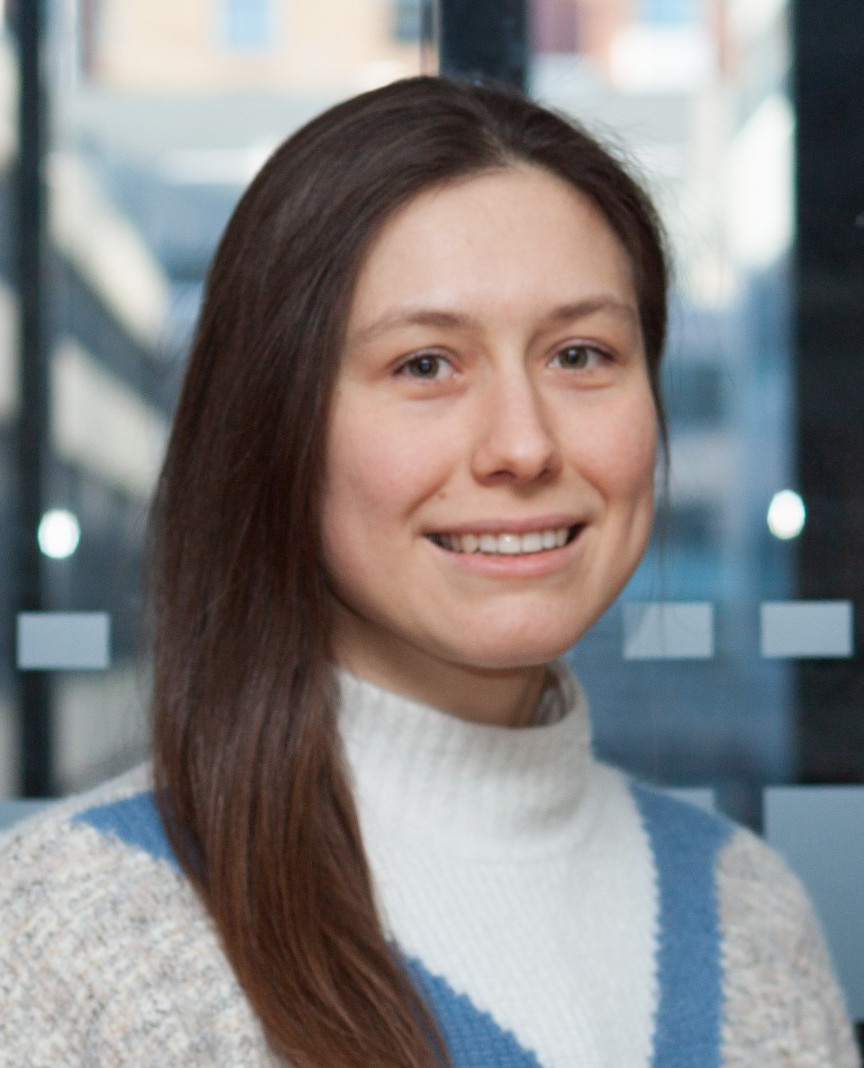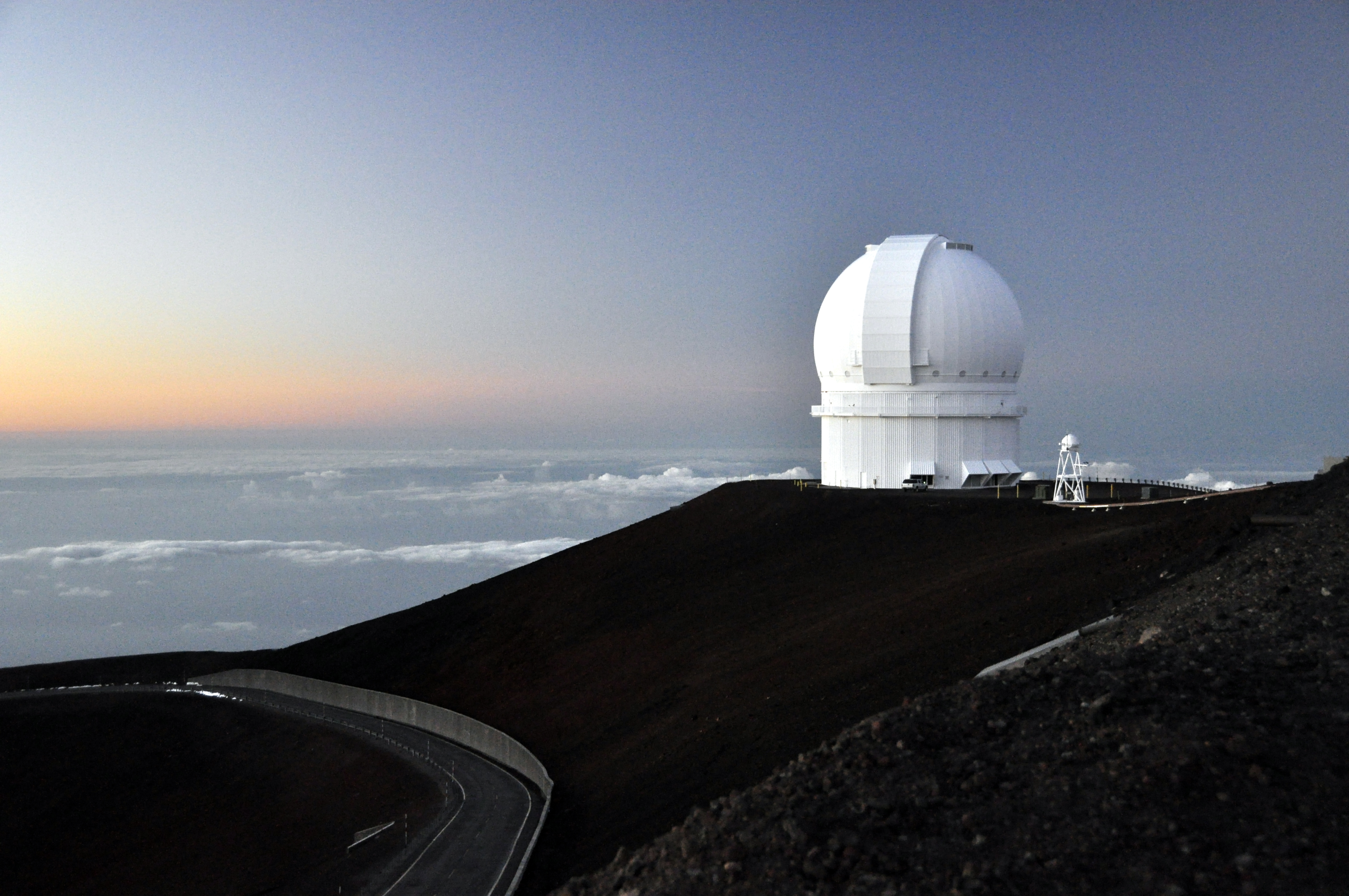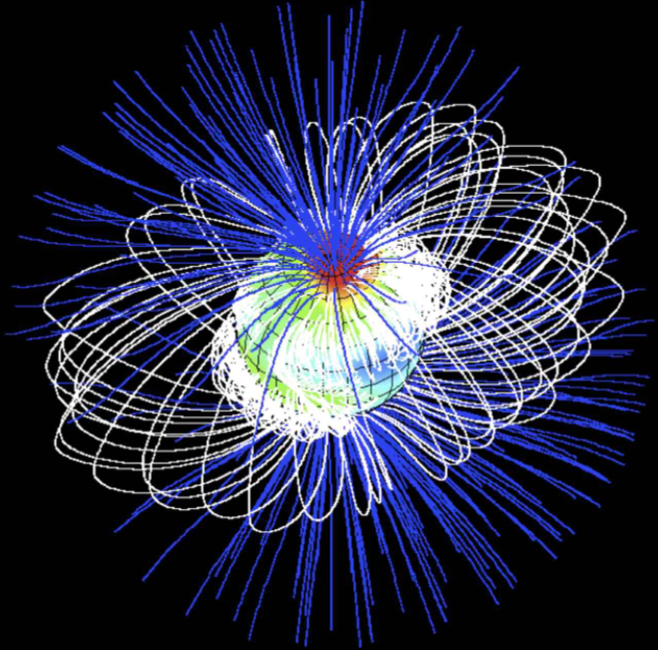

The well-known angular momentum and magnetic flux problems (Hennebelle & Fromang 2008 ; Mestel et al. 1965), have been intensely studied for two of the three main phases of star formation: the core-collapse (CC) phase in molecular clouds, and the pre-main-sequence phase (PMS). To be able to extract enough, but not too much, magnetic flux and angular momentum it requires the interplay of several processes: turbulence, radiation, rotation and magnetic field. Fundamental questions are however still open. In particular the intermediate embedded protostellar phase has been poorly studied, and models of magnetic embedded protostars are remarkably absent.
The protostellar phase is fundamental in defining the future of a stellar system. During this phase, the star grows and accretes most of its mass, powerful jets and outflows are launched, dynamo processes start to generate magnetic fields, a large majority of its angular momentum is extracted, the star gets rid of its natal envelope, and the protoplanetary disk forms and starts building planet embryos (Baraffe et al. 2016; Frank et al. 2014; Segura-Cox et al. 2020).
How a newly formed magnetic protostar evolves for about 1 Myr before revealing itself out of her dusty cocoon, and how its magnetic field is involved in the long-standing problem of accretion/ejection in protostars, are currently open question. PROMETHEE will address these problems by measuring for the first time the magnetic and magnetospheric properties of protostars, and by building a theoretically and observationally consistent MHD model of a young magnetic protostar.
PROMETHEE is a CNRS joint project of the Institut de Planétologie et d'Astrophysique de Grenoble (IPAG), the Centre de Recherche Astrophysique de Lyon (CRAL) and the Laboratoire d'Etudes du Rayonnement de la Matière en Astrophysique et Atmosphères (LERMA). It is funded by the Agence Nationale de la Recherche (ANR) for the 2023-2026 period.

Is a PhD student at CRAL working on protostellar collapse simulations with the code IDEFIX (Lesur et al. 2023). Its goal is to understand the properties of the new born protostar given the initial conditions of the parent cloud, and to study the protostar interactions with the forming disk.

Is a PhD student at IPAG working on the characterisation of the magnetic fields of class I and flat-spetrum objects using SPIRou observations

Is a post-doc at CRAL in Lyon. He is an expert on the birth mechanism of protostars and circumstellar disks, and leverages high-resolution 3D MHD simulations to model the gravitational collapse, as well as the accretion of material onto the protostar. He takes a keen interest in the smallest spatial scales relevant to the field of star and disk formation.

Is a postdoc at the Paris Observatory and an expert in numerical, mathematical and data-driven modelling of stellar and accretion disc flows. Within PROMETHEE, she is working on mechanisms of generation and destabilization of large-scale magnetic fields during stellar formation, and the influence of initial and boundary conditions on them.

Is a post-doc at IPAG, experienced in optical and infrared spectroscopic data particularly in studying accretion processes in Class II stars. In the PROMETHEE project we aim to extend this expertise to investigate accretion mechanisms in Class I protostars, broadening insights into young stellar objects.

Post-doc at CEA working on stellar evolutionary models of accreting protostars

is a CNRS scientist at IPAG, expert in stellar magnetism, especially of young stars, and in the analysis and interpretation of high-resolution spectropolarimetric data. She is part of the SPIRou SLS program, in which she is leading the workpackage on class I objects. She has led several observational projects (Herbig, MITTS), including a Marie Curie one, as well as the BinaMIcS project gathering a consortium of about 50 members (about 20 refereed publications, and more to come). She has (co)-supervised two PhD students. She will manage the PROMETHEE project, will lead WP1, and will supervise one PhD student funded, on the analysis and interpretation of SPIRou and CRIRES+ data (WP1).

is a CNRS scientist at CRAL, expert in modelling protostellar collapse, and more generally astrophysical flows using 3D numerical calculations. He is leading Tier 1 HPC projects on GENCI facilities (about 2 millions CPU Hours/years), and has (co-)supervised 3 PhD students (Pierre Marchand 2014-2017 codir. Chabrier, Ugo Lebreuilly 2017-2020, Romain Lenoble 2021-2024 codir. Rosdhal). In this project he will lead WP4 and will supervise one PhD student on modelling initial conditions of protostars (WP4).

is a CNRS scientist at IPAG, and has a strong expertise in observational studies of the accretion/ejection processes in young stars. She co-authored a chapter in Protostars and Planets V summarizing observational constraints on jet launching mechanisms (Ray, Dougados et al. 2007). She was strongly involved in the management and scientific animation of the JETSET FP6 network. She has supervised 10 PhD students, 6 post-doctoral researchers. She has been head of the star formation group at IPAG since 2016. She will lead WP2 and will supervise one PhD student on the study of accretion/ejection properties in protostars (WP2).

is a CNRS scientist at LERMA, expert in 3D MHD modeling of stellar and planetary interiors. He has supervised 2 PhD students, and has led one DFG postdoc project (300 k€ over 3 years). He has recently obtained funding from the Program Emergence SU in order to recruit Charly Pinçon as a postdoc Researcher on a project connected with stellar physics. He is leading GENCI projects (2 millions CPU Hours/year), and has access to about 1 millions CPU Hours/years on the mesocentre MesoPSL. He will lead WP3, and supervise one post-doc on the numerical simulations of dynamo processes (WP3). He is PI of the “Action Pluriannuel Incitative de Physique Stellaire” that aims to coordinate projects on stellar physics at Observatoire de Paris.

Besides the leaders of the workpackages and the student and post-docs working in each workpackage, collaborators on this project bring complementary expertise on MHD resistivity and the Hall effect (P. Marchand, G. Chabrier), 3D second collapse simulations (A. Bhandare, M. Gonzalez), dynamo processes (R. Raynaud, C. Pinçon) accretion/ejection/outflows in protostars (S. Cabrit, J. Bouvier, J. Ferreira, C. Zanni, F. Louvet, B. Tessore, G. Pantolmos), the SPIRou and CRIRES+ instruments (A. Carmona, O. Kochukhov), optical and near-IR spectroscopy and photometry of young stars (D. Shulyak, S. Alencar, A. Carmona, G. Duchêne, X. Bonfils), interferometry (K. Perraut), magnetic and magnetosphere mapping (C. Folsom, O. Kochukhov, S. Gregory, J. Morin), and X-ray observations of protostars (N. Grosso).
The PROMETHEE project aims at exploring the magnetism of protostars during the embedded phase of star formation, and at understanding its origin, evolution and impact. Until now this phase has been poorly explored. Yet, we believe that protostars should host very strong magnetic fields, due to (i) the strong and collimated jets we observe, and (ii) the predicted convective interior conducive to dynamo processes. Recent advances in instrumentation and numerical developments, allows us today to reach the protostar surface through its thick envelope, and measure its magnetic field and the properties of the magnetosphere. At the same time, our progress in numerical modeling of MHD processes of collapsing cores, stratified stellar interiors, and accretion flows, allow us to model the dynamo processes in protostars interacting with its disk, taking into account realistic initial conditions from the collapse phase, and to model the accretion flows.
Using cutting-edge instrumentation, and state-of-the-art numerical models, the PROMETHEE project will determine for the first time the magnetic properties of protostars, and the structure of their magnetospheres, and will build unique MHD models of magnetic protostars from their birth to the T Tauri phase.
The project is organised in 4 work packages (WP):

To reproduce our observations of the magnetic field (B) and magnetosphere of protostars (right panel, two potential extreme cases illustrated in red), we will model (middle panel) the dynamo magnetic field of a protostar, in interaction with its disk, at several decisive ages along the protostellar evolution: from newborn protostars predicted by core-collapse (CC) models (left panel), to stage I protostars probed by our observations (right panel). The main objectives are: (i) evaluate the impact of the initial conditions at dynamo onset (in newborn protostars) on the observed magnetic fields in newly formed stars (class I / FS sources), (ii) define the dynamo processes at work in a growing and accreting protostar, and (iii) estimate the interplay between stellar magnetism, and magnetospheric star-disk interaction, during the protostellar evolution.
At the very beginning, protostars are constituted of a very low-mass hydrostatic core surrounded by a thick disk and envelope. As the protostar accrete mass and grows, the envelope is getting thiner. Protostars are observed as class 0 and I objects, meaning they are mainly bright in the infrared wavelengths. Class I are brighter in the optical and near-IR domains than class 0. It is most likely due to the more advanced evolutionary stage of the class I objects in which the protostar is hot enough, and its surrounding is less dense so we can start to see it in near-IR wavelengths.
Until recently, magnetic fields could be map only at the surface of optical sources, i.e. stars old enough to have cleared their envelope. Thanks to the new and unique high-resolution spectropolarimeter working in the near-IR, SPIRou, we can now attempt to measure and map the magnetic fields at the surface of class I objects. In the PROMETHEE project we will perform a SPIRou survey of about 20 class I sources to (i) measure their large-scale magnetic field, and (ii) obtain pioneering tomographic maps for 5 of the most promising sources.
At the same time we will analyse accretion and ejection spectral diagnostics. For the first time we will study the flux and dynamics of the accretion and ejection emitting regions simultaneously with their magnetic fields, and for a large class I sample.
Finally, we will attempt to sound the scales of the magnetospheric structures (accreted or ejected flows) using the cutting-edge interferometric instrument, GRAVITY+ (the upgrade of GRAVITY/VLTI) that will be on-sky in 2025.

SPIRou is a high-resolution (R~70000) spectropolarimeter working in the near-infrared domain (YJHK bands), and installed at the Canada France Hawaii telescope (CFHT), in the best astrophysical site of the world: at the top of the Mauna Kea mountain (Hawaii, Big Island, USA). SPIRou can record at once Stokes I and V spectra covering the 980-2400 nm wavelength range, i.e. thousands of photospheric lines, and dozens of emission lines when cool (less than 5000 K) and young (less than few Myr) stars are observed.
Combining the high quality of SPIRou spectra with cutting-edge analysing techniques, such as the Least-Squared-Deconvolution (LSD), and the Zeeman Doppler Imaging (ZDI) technique, we will be able to measure and map the large-scale magnetic fields at the surface of the protostars. We will be able to measure for the first time the magnetic flux contained in the core of protostars, and compare it to the ones predicted by our modelled lines proving different accretion/ejection regions, including the He I 1.08 nm line highly sensitive to stellar winds, and accretion chocks, and the Brγ and several Paschen lines, probing the external rim of the magnetosphere and accretion columns.

GRAVITY is a near-infrared K-band interferometer allowing to combine simultaneously the light of four telescopes of the Very Large Telescope Interferometer (VLTI/ESO) array, either the four 8.2-m Unit Telescopes (UTs) or the four 1.8-m auxiliary telescopes (ATs). GRAVITY provides milli-arcsec angular resolution for sources brighter than ~10 mag in the K-band with the UTs that can be coupled with a spectrogral resolution up to ~4000. GRAVITY has allowed to reach outstanding astrophysical results, including a new confirmation of Einstein's General Relativity by observing the S2 star orbiting the super-massive black hole at the center of our Galaxy, by Reinhard Genzel (the 2020 Nobel price winner, shared with A. Ghez and R. Penrose§) and his team§.
Another amazing GRAVITY result is the confirmation of magnetospheric funnel flows in the surroundings of a young T Tauri star, thanks to the measurement of the geometric size of the Brγ emitting region of DoAr 44 with GRAVITY, but also to the measurement of the magnetic field thanks to an instrument similar to SPIRou but working in the optical, ESPaDOnS (CFHT). Both instruments allow to determine the size of the magnetosphere independently, and both measurements are compatible with the magnetospheric accretion model, invoked to explain how material is accreted from the protoplanetary disk to the magnetic star (Bouvier et al. 2020a, 2020b). We believe that a similar phenomenon can happen in the evolutionary progenitors of T Tauri stars, i.e. class I protostars.
In 2024-2025, the upgrade of GRAVITY, called GRAVITY+, will be on sky. One of the improvement is the sensitivity that will allow to target class I sources (which are not feasible right now with GRAVITY). For the first time we will observe one or several class I sources with a near-IR interferometric device to measure the physical scales of the Brγ emitting region, and constrain the structure of their magnetosphere.

Cool stars, like our Sun, are magnetic thanks to dynamo processes in their convective envelope. Their magnetic properties are observed to be strongly dependent on two main characteristics: the depth of the convective zone, and the rotation rate. The faster the star rotates the stronger the magnetic field, and the larger the convective envelope, the simpler the magnetic topology. However, in M dwarfs cooler than M3-4, i.e. in fully convective stars, while many of them have indeed strong magnetic fields organised on low-order scales, a significant number of them have magnetic fields mainly structured on small scales. Even more intriguing, apparently two similar stars (similar mass, age, rotation period) can have very different magnetic topologies. Such a behaviour is also observed on the pre-main-sequence in the youngest fully convective T Tauri stars.

Motivated by these results, our group has extensively addressed the problem of dynamo simulations by modelling stellar convective zones. To explain the generation of such magnetic fields, it is currently admitted that self-excited dynamos induced by turbulent motions (such as convection) occur in stellar interiors. In dynamo theory, the transfer of kinetic energy into magnetic energy is an unstable process: above a certain threshold, electrical currents start to be amplified by the fluid flow, so that a magnetic field can be sustained against ohmic dissipation. Whatever the approximation (Boussinesq or anelastic) we find that magnetic fields fall into two categories: dipolar dynamos, dominated by a large-scale axial dipole component, and multipolar dynamos, characterized by a more complex field topology with higher spatial and temporal variability (Schrinner, Petitdemange & Dormy 2012; Schrinner, Petitdemange et al. 2014; Raynaud, Petitdemange & Dormy 2015). Our models show also that when the two dynamo solutions exist in the parameter space, the initial conditions for the B field are actually responsible for the system falling into one category rather than the other.

Initial conditions are set at the end of the CC phase. While the very embedded newborn protostar cannot be observed yet, the physical properties/initial conditions can be predicted by models. Tremendous progress has been made in the past 10 years in star formation numerical models, on both the technical and physical modelling sides. Thanks to the current high performance computing facilities, it is possible to follow the gravitational collapse of isolated dense molecular cores from parsec scales down to the protostellar radius (few R☉) in 3D within a reasonable wall-clock time, i.e. a few weeks (see Teyssier & Commerçon 2019 for a review). A first proof-of-concept set of simulations is presented by our team in Vaytet et al. (2018) which includes non-ideal effects (ambipolar diffusion and Ohmic diffusion), radiative transfer (grey approximation) and H2 dissociation (using the gas EOS from Saumon, Chabrier & van Horn 1995). We have shown that the magnetic properties of the collapsing cores heavily depend on the treatment of MHD (see Fig. 3). The magnetic fields imprinted in the newborn protostars are essentially poloidal with an amplitude >103 kG with ideal MHD, while they are mainly toroidal with an amplitude of ∼0.1-1kG with resistive effects. In the PROMETHEE project we will go further, by providing for the first time an educated exploration of the parameter space, to answer the outstanding question of the initial properties of newborn protostar, which will determine their evolution down to the pre-main sequence phase.

Our 2025A SPIRou (CFHT) proposal has been accepted by the French Allocated Time Committee
The PROMETHEE workshop #4 at Paris Observatory (Paris)
Our 2024B SPIRou (CFHT) proposal has been accepted by the French Allocated Time Committee
Our 2024A SPIRou (CFHT) proposal has been accepted by the French Allocated Time Committee
The PROMETHEE workshop #3 at CRAL (Lyon)
Our 2023B SPIRou (CFHT) proposal has been accepted by the French Allocated Time Committee
Opening of a PhD position in Grenoble
Official start of the ANR project
Our 2023A SPIRou (CFHT) proposal has been accepted by the French Allocated Time Committee
Opening of a Postdoc position in Paris
The PROMETHEE workshop #2 at IPAG (Grenoble)
Opening of M2 internships
The ANR project is accepted
Our 2022B SPIRou (CFHT) proposal has been accepted by the French Allocated Time Committee
In 2023 and 2024 we have offered 1 three-years post-doctoral fellowship (in Paris), 2 PhD grants (1 in Lyon and 1 in Grenoble), and one 2-yr post-doc position (in Grenoble) funded with our ANR project. We will offer internships for Master students during the project period. Some of the internships may continue in PhDs on other funds that the ANR.




All members of the project agree to observe the following code of ethics and professional conduct§:
The leaders of the project belong to institutes that have been awarded by the European Commission the label "HR Excellence in research" (HRS4R). See details on this label and the ethical guidance for French researchers here: